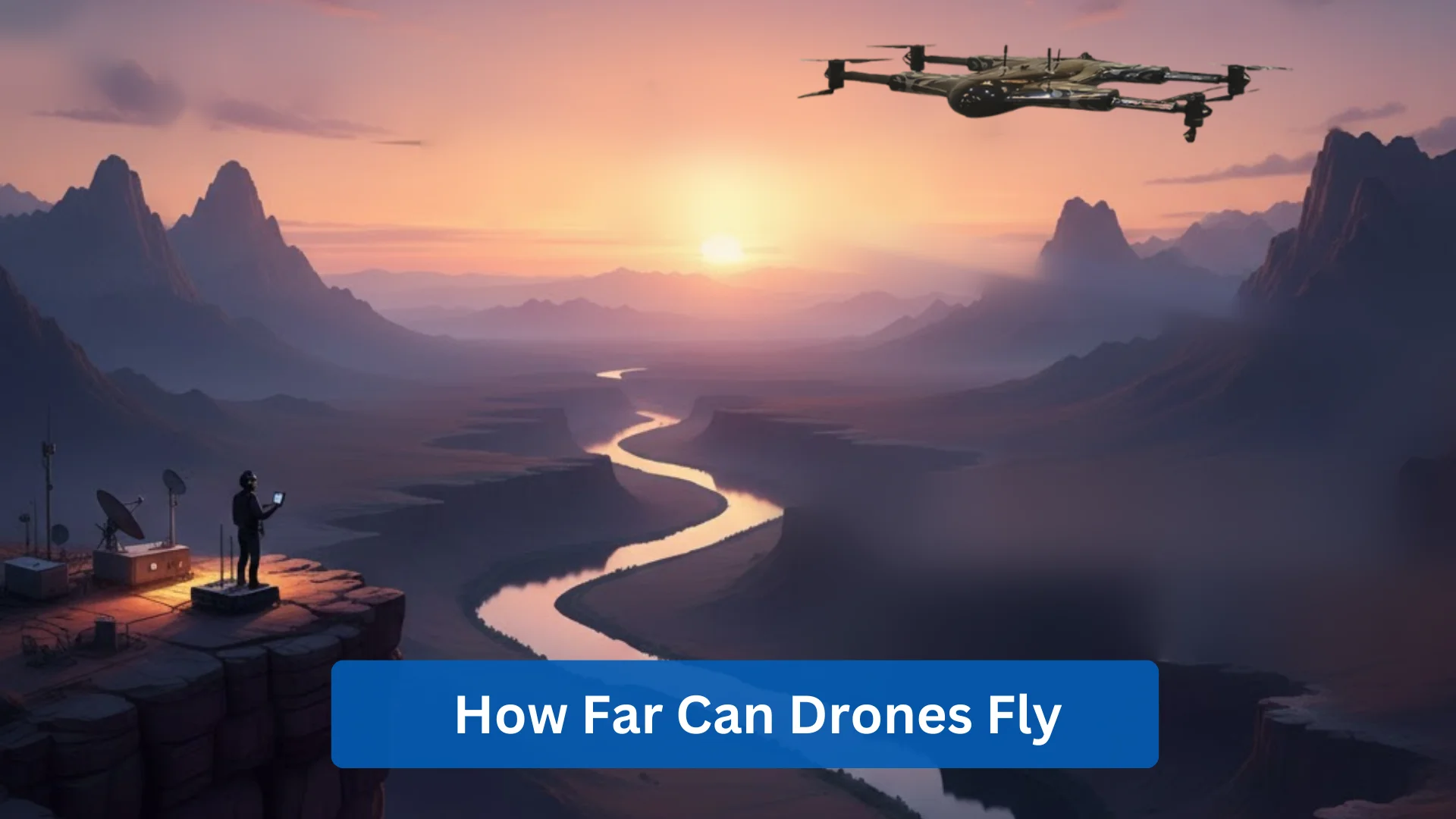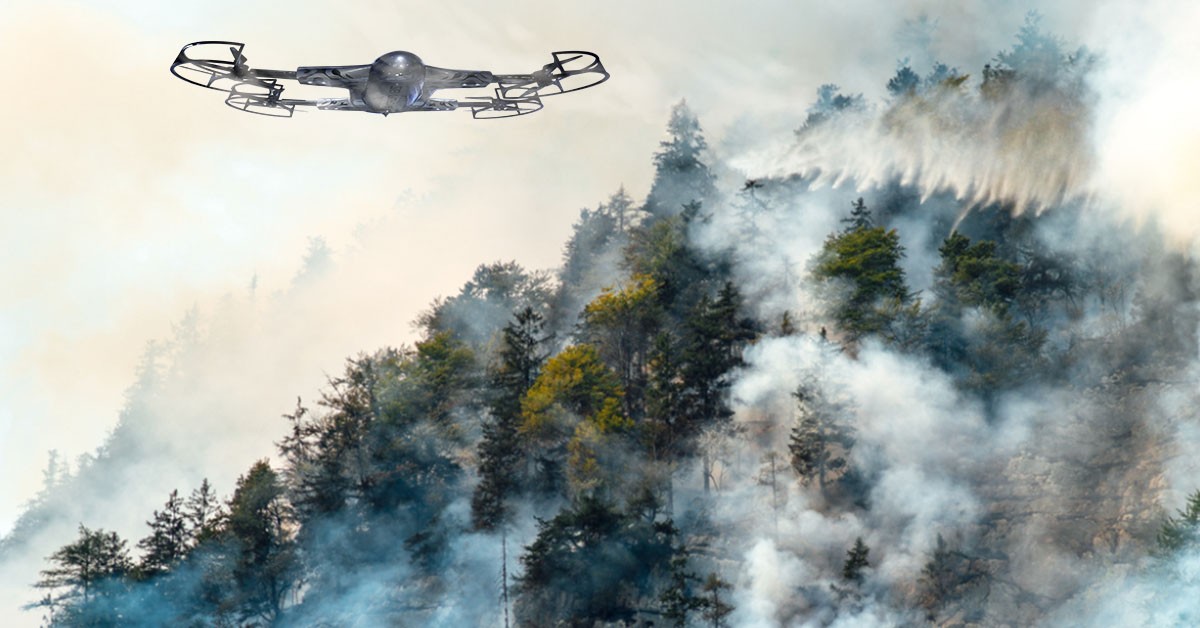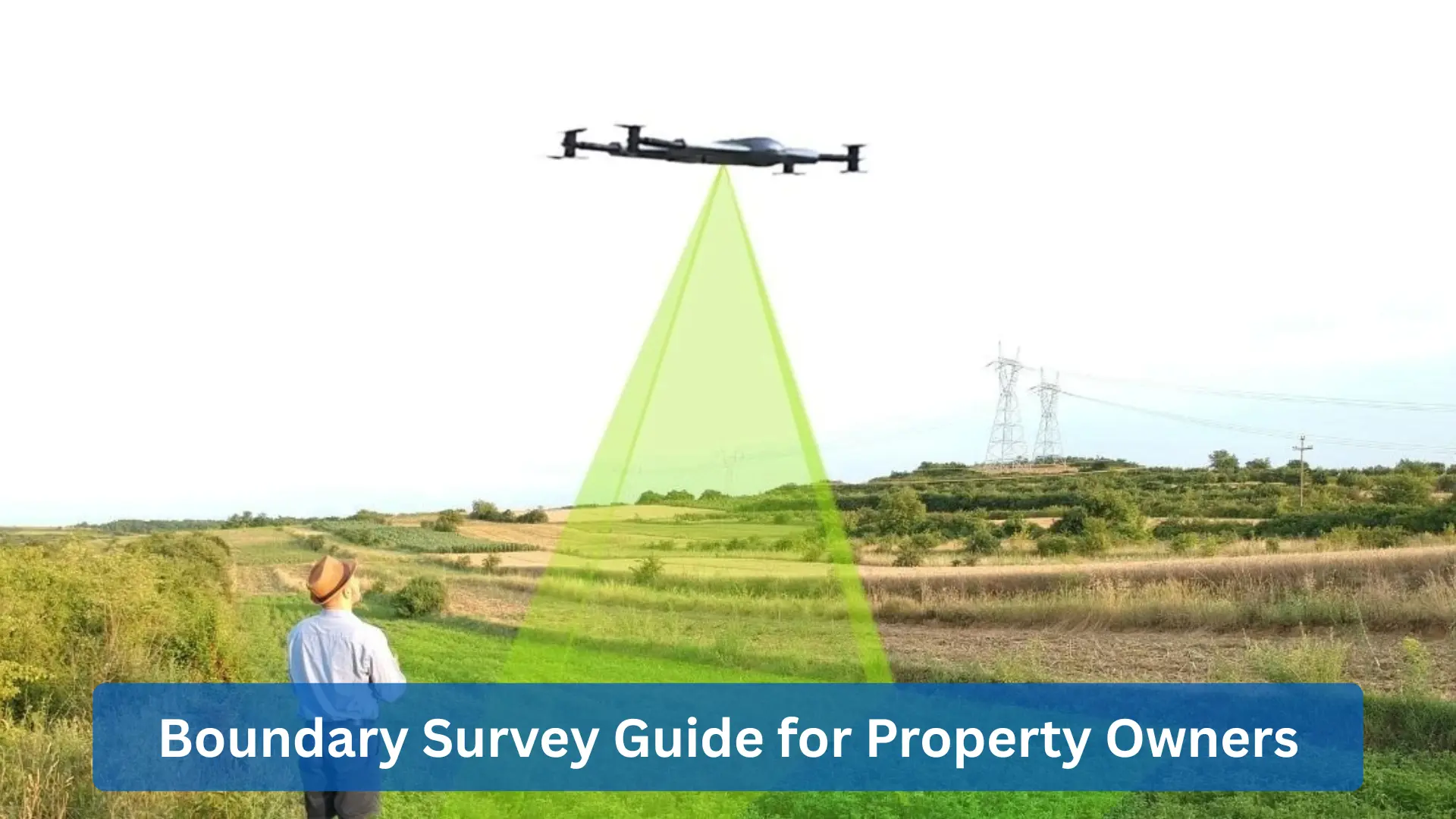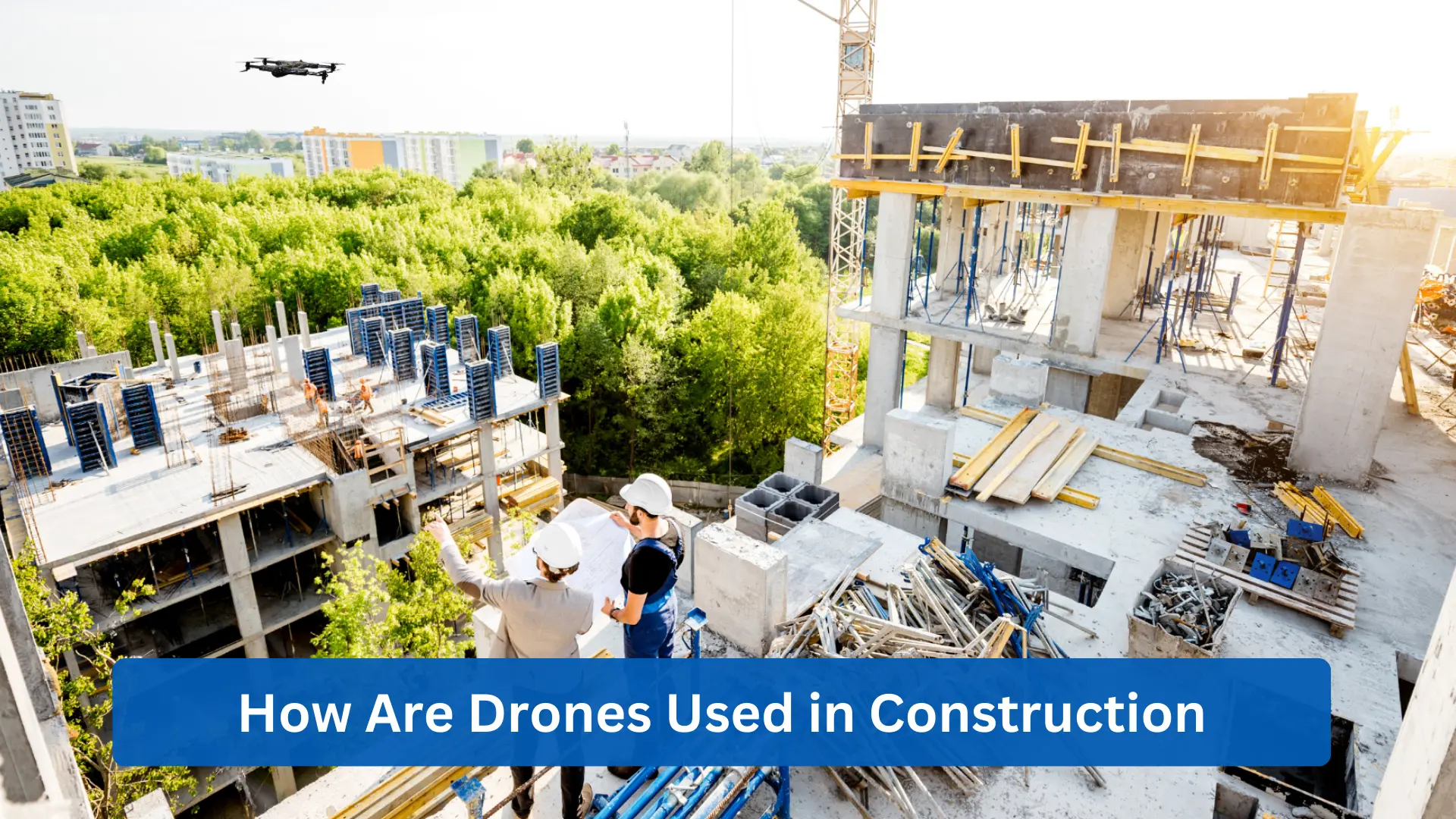Drone Technology Transforming Smart Farming and Plantation
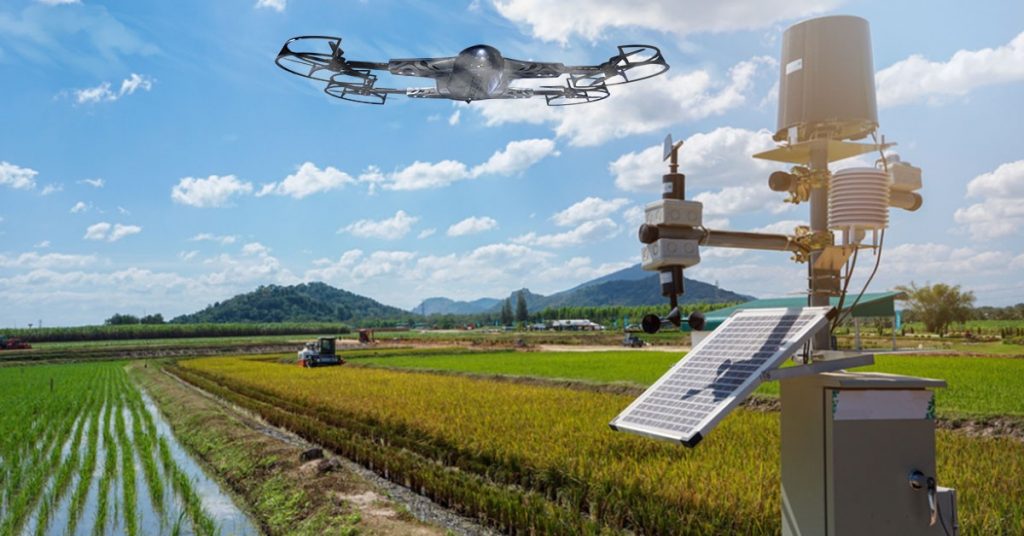
The agricultural landscape is undergoing a transformative change, driven by advancements in drone technology. From enhancing seed plantation processes to optimizing overall farm management, drones are reshaping the way we approach modern farming and plantations. This blog explores the diverse applications of drone technology in agriculture, focusing on its potential to revolutionize seed plantation and farm management techniques.
1. The Evolution of Seed Plantation with Drones
Seed plantation, one of the most critical aspects of farming, has historically been labor-intensive and time-consuming. The advent of seed plantation drones has changed this narrative dramatically. These drones are equipped with advanced technology to disperse seeds efficiently and uniformly across fields. By doing so, they eliminate the inconsistencies that often arise from manual or traditional machinery-based methods. For instance, drones can navigate uneven terrains with ease, ensuring seeds are planted in hard-to-reach areas. This capability is particularly beneficial for reforestation projects or crops grown on hilly landscapes. Moreover, drones equipped with GPS technology can map fields precisely, enabling farmers to optimize seed distribution and reduce wastage.
2. Seed Plantation Machines: Traditional vs. Drone-Based Solutions
Traditional seed plantation machines, while effective, come with limitations such as high operating costs, mechanical complexity, and restricted maneuverability in challenging terrains. Drones, on the other hand, offer a streamlined and cost-effective alternative. These lightweight, agile devices can cover large areas in a fraction of the time required by conventional machinery. Drone-based seed plantation machines are equipped with programmable systems that allow farmers to adjust planting density and depth according to specific crop requirements. This precision not only boosts crop yields but also minimizes the environmental impact by reducing the overuse of seeds and resources.
3. Drones in Farming: Beyond Seed Plantation
The use of drones in farming extends beyond seed planting. These versatile tools are now integral to crop monitoring, irrigation management, and pest control. Equipped with high-resolution cameras and multispectral sensors, drones provide farmers with real-time data on crop health and field conditions. For example, drones can detect early signs of disease or pest infestations, enabling farmers to take timely action. They can also identify areas of water stress, allowing targeted irrigation to conserve water. By integrating drones into their farming operations, farmers can enhance efficiency, reduce costs, and improve sustainability.
4. Drone Technology in Farming: A New Era of Precision Agriculture
Precision agriculture, a farming approach that uses technology to optimize inputs and outputs, has gained significant traction with the advent of drone technology. Drones play a pivotal role in this approach by providing detailed insights into soil health, crop performance, and environmental conditions. Drone technology in farming enables farmers to create accurate field maps, identify variability in soil fertility, and implement site-specific interventions. This level of precision helps farmers make informed decisions, ultimately leading to higher yields and reduced environmental impact. Additionally, drones can be integrated with other smart farming tools, such as IoT sensors and AI-powered analytics, to create a comprehensive farm management system.
5. Environmental Benefits of Drone-Assisted Farming
One of the most significant advantages of using drones in farming is their positive environmental impact. By ensuring precise application of seeds, fertilizers, and pesticides, drones reduce the overuse of chemicals and minimize runoff into surrounding ecosystems. This precision also lowers the carbon footprint associated with traditional farming practices. Furthermore, drones can be employed for reforestation projects and large-scale seed plantation efforts aimed at combating deforestation. By dispersing seeds over vast areas quickly and efficiently, drones contribute to restoring degraded lands and promoting biodiversity.
6. Overcoming Challenges in Implementing Drone Technology
Despite their numerous benefits, the adoption of drones in farming is not without challenges. High initial investment costs, limited technical expertise among farmers, and regulatory restrictions are some of the barriers to widespread adoption. To address these issues, governments and agricultural organizations are offering subsidies and training programs to encourage farmers to embrace drone technology. Additionally, advancements in drone manufacturing are driving down costs, making this technology more accessible to small-scale farmers.
7. Case Studies: Success Stories of Drone Technology in Agriculture
Several real-world examples highlight the transformative impact of drones in farming. In India, drones have been used to monitor and improve rice cultivation, leading to a 20% yield increase. Similarly, in Africa, drones are being deployed to combat locust infestations, saving crops and livelihoods. Reforestation projects in Brazil have also benefited from drone technology, with drones planting thousands of seeds in a single day. These success stories demonstrate the versatility and effectiveness of drones in addressing diverse agricultural challenges.
8. The Future of Farming with Drone Technology
The integration of drone technology into farming and plantation is just the beginning of a broader agricultural revolution. As technology continues to evolve, we can expect drones to become even more sophisticated, with enhanced capabilities for autonomous operation and data analysis. Future advancements may include drones equipped with AI algorithms for predictive analytics, enabling farmers to anticipate and mitigate potential risks. Additionally, the development of hybrid drones capable of performing multiple tasks—such as planting, monitoring, and harvesting—will further streamline farming operations.
Conclusion
Drone technology is undeniably transforming smart farming and plantation practices. From revolutionizing seed plantation processes to enabling precision agriculture, drones offer a sustainable and efficient solution to modern agricultural challenges. By embracing this technology, farmers can enhance productivity, reduce environmental impact, and pave the way for a more sustainable future in agriculture.
Contact Us
Thank you for your message. It has been sent.
Latest Posts
Social Profiles






